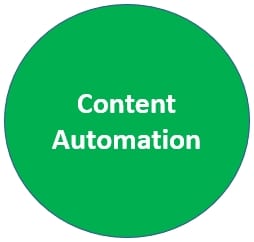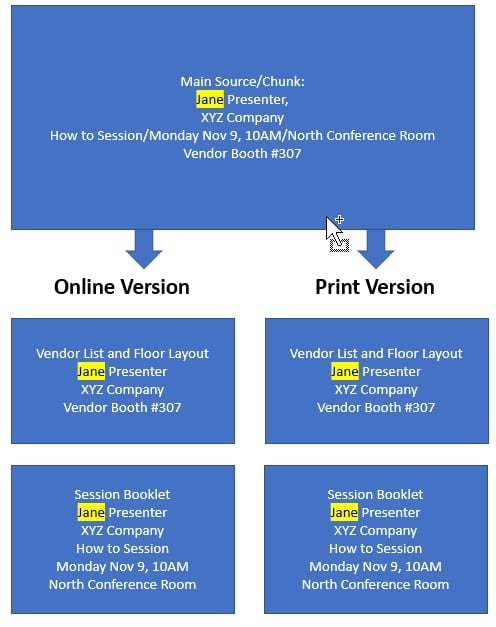Ah, the start of a new year. It brings so many possibilities because it is the best time for a fresh start. With a fresh start you want to have a different perspective and a different set of goals for the year. I am someone who likes to make lists and live by the list. I am a planner. Planning gives me a clear sense of where I am going and allows me to break my supporting activities into smaller reachable goals.
For this blog post, I want to discuss planning for content. Content could mean a marketing plan, a twitter campaign, documentation for a product release, or in my case, planning effective content for the readership of this blog. I will define the process in a manner that it could be applied to any campaign you may be working on related to communication or technical writing.
While researching the components of a successful content campaign, I found a link to a list of 2018-2019 monthly messaging themes for the University of Washington Marketing and Communications department. These themes are defined at the university level and are used by all marketing and communications at the university.
“As part of our efforts to maximize the effectiveness of our marketing and communications projects across the University of Washington, we will be utilizing monthly message themes again during the 2018-19 academic year.”
The page contains a grid of month, theme, and strategic communications. Each month, July through June is a row in the grid. Each month a different them is selected. The theme is accompanied with an accompanying hashtag for use on social media channels.
The lesson I learned from this link is that when designing a campaign, be sure to determine whether your business or organization has a defined strategy. If there is a strategy, following it for your campaign will ensure you are in line with organization goals and will save you the time of defining the whole plan yourself. You will only have to alight your specific campaign plan to the organization plan.
I cannot find a predefined messaging theme for Chatham University. At publication, I am waiting for a response from the Office of University Communications. Below is the grid I started for this blog. I have only added the months for this spring semester.
| Month | Theme |
| January | Unique and Wonderful |
| February | Think Innovation |
| March | Keep Reaching |
| April | Looking to the Future |
Each week, I post a new article. The articles I post for January will all have a title and information related to some unique and wonderful aspect of communication and/or technical writing. Breaking this down into a monthly message is helping me find direction in what information I would like to include.
Another Internet search lead me to Follow These 3 Steps for Content Framework to Save Your Marketing Plan. This article describes growing a content tree. The roots are your messages, the branches are themes and the leaves are individual topics.
Resource: Yvonne Lyons
Using the graphic, I am able to drill-down and further define the content for the blog. The messages for this blog are defined by the departments it supports; Communications and Technical Writing. All messages contain some element of best practices, disciplines of communication and technical writing, and promotion of these programs at Chatham University.
Now that I have the plan complete I believe:
- I can come up with topics more easily.
- The topics I choose will be more interesting for readers.
This blog post fits right in with the January theme.
Unique and Wonderful – A New Year and a New Process for Defining a Content Strategy




